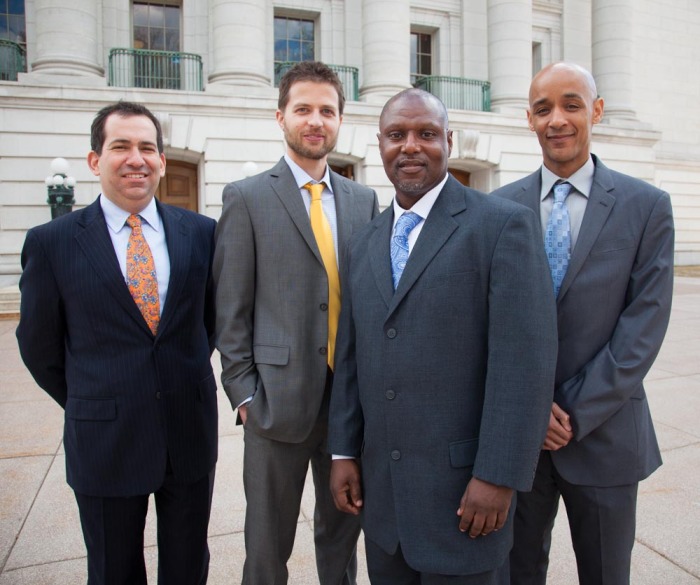Currently, there are over 3,600 recorded exonerations in the United States. With each new exoneration, we are learning more about the causes of wrongful convictions.

Common Causes of Wrongful Convictions
Expand each section to learn more:
Ineffective Counsel
The resources of the justice system are often stacked against poor defendants. Matters only become worse when a person is represented by an ineffective, incompetent or overburdened defense lawyer. The failure of overworked lawyers to investigate, call witnesses or prepare for trial has led to the conviction of innocent people. When a defense lawyer doesn't do his or her job, the defendant suffers. Shrinking funding and access to resources for public defenders and court-appointed attorneys is only making the problem worse.
Eyewitness Error
Eyewitness error is the single greatest cause of wrongful convictions nationwide, playing a role in 72% of convictions overturned through DNA testing.
While eyewitness testimony can be persuasive evidence before a judge or jury, 30 years of strong social science research has proven that eyewitness identification is often unreliable. Research shows that the human mind is not like a tape recorder; we neither record events exactly as we see them, nor recall them like a tape that has been rewound. Instead, witness memory is like any other evidence at a crime scene; it must be preserved carefully and retrieved methodically, or it can be contaminated.
In case after case, DNA has proven what scientists already know — that eyewitness identification is frequently inaccurate. In the wrongful convictions caused by eyewitness error, the circumstances varied, but judges and juries all relied on testimony that could have been more accurate if reforms proven by science had been implemented.
False Confessions
In about 30% of DNA exoneration cases, innocent defendants made incriminating statements, delivered outright confessions or pled guilty. These cases show that confessions are not always prompted by internal knowledge or actual guilt, but are sometimes motivated by external influences.
Flawed Forensic Science
Since the late 1980s, DNA analysis has helped identify the guilty and exonerate the innocent nationwide. While DNA testing was developed through extensive scientific research at top academic centers, many other forensic techniques — such as hair microscopy, bite mark comparisons, firearm tool mark analysis and shoe print comparisons — have never been subjected to rigorous scientific evaluation. Meanwhile, forensics techniques that have been properly validated — such as serology, commonly known as blood typing — are sometimes improperly conducted or inaccurately conveyed in trial testimony. In some cases, forensic analysts have fabricated results or engaged in other misconduct.
False Accusation or Snitch Testimony
In 18% of wrongful conviction cases overturned through DNA testing, an informant testified against the defendant at the original trial. Often, statements from people with incentives to testify — particularly incentives that are not disclosed to the jury — are the central evidence in convicting an innocent person.
Official Misconduct
Some wrongful convictions are caused by honest mistakes. But in far too many cases, the very people who are responsible for ensuring truth and justice — law enforcement officials and prosecutors — lose sight of these obligations and instead focus solely on securing convictions. The cases of wrongful convictions uncovered by DNA testing are filled with evidence of negligence, fraud or misconduct by prosecutors or police departments.
While the majority of law enforcement officers and prosecutors are honest and trustworthy, criminal justice is a human endeavor and the possibility for negligence, misconduct and corruption exists. Even if one officer of every thousand is dishonest, wrongful convictions will continue to occur. DNA exonerations have exposed official misconduct at every level and stage of a criminal investigation.
Support
You can support the efforts of the Wisconsin Innocence Project by making a donation today.
Donate
